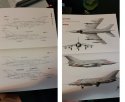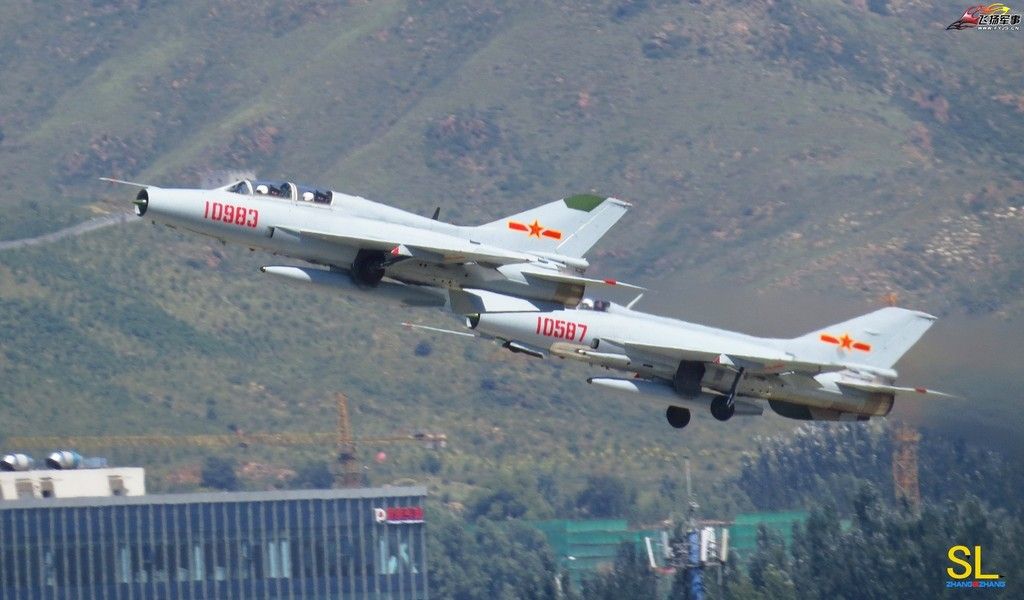Drones have limitations that prevent them from taking the direct attack role, most are to light, there are issues of targeting and communications to. What has really killed direct replacements for such is first the cost, second increased attrition rates for such platforms, third increased availability of Attack Choppers, fourth reduced need thanks to advanced long range high accuracy antitank guided missiles. These have pushed to allow multirole fighters and light weight armed trainer class aircraft to take the mission set more and more.
The top 2 tank buster aircraft the A10 and SU25 have survived mostly because they have adapted to this and carry missiles and smart weapons with there cannons and rockets.


